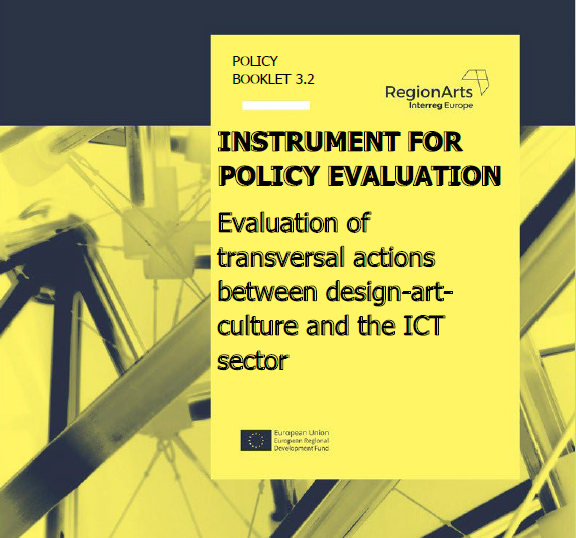
The Final Policy Booklet is out now!
Read all about the Final Version of the Policy Booklet here!
During the last decade, there has been an increasing recognition of the importance of artistic and creative processes as catalysers of innovation, something particularly noted in Information and Communication Technologies (ICT) that intersect in many fields with artistic processes. However, as stressed by the Digital Agenda for Europe, Europe continues to “under-use the creativity of SMEs”. To tackle this, in 2016 the EC launched ‘STARTS’ initiative (Science, Technology and the ARTS) under Horizon 2020.
Arts do not just prettify or make technology more aesthetic, they often make it possible in the first place.
RegionArts partners are convinced of the need of integrating arts in ICT for SME innovation and competitiveness. As regional authorities, business development agencies and creative clusters, they have been working on promoting these cross-overs for the last years.
But it is not an easy task. Most policies available are conceived for an information and knowledge age (even for an industrial age) that is no longer predominant. Support offer is still fragmented. Public support programmes are too rigid and there is a lack for occasions for collaboration and outreach. There is also a need for a common language: existing initiatives often start from creative sector and reach out to ICT, or vice versa, i.e. both parties are not involved as equal partners.
€1,635,670.00
SME competitiveness
Our objective is to improve the implementation of Structural Funds/other funds in partner regions, through adapting or designing 1 support scheme in each region for the promotion of collaborations between artists and ICT companies. Consequently, through the improved support scheme, we will promote around 140 new collaborations in total (around 20 per region), 20% of the beneficiary SMEs introducing an innovation by 2022.
Our main outputs will be:
NORTE 2020 is a financial instrument to support the regional development of Northern Portugal, integrated in the PORTUGAL 2020 Partnership Agreement. NORTE 2020 is based on a double path of convergence with the European and national average. The EUR 3.4 billion NORTE 2020 allocation is the most important of the regional operational programs in Portugal.
NORTE 2020’s vision: in 2020, Norte Region will be able to generate a level of production of tradable goods and services that will make it possible to recover the convergence trajectory at European level, ensuring, in a sustainable way, increases in income and employment of its population, by means of economic, social and territorial cohesion.
NORTE 2020 is organized in 10 Priority Axes. Each one has a Structural Fund, ERDF and / or ESF budget, for co-financing. The 10 axis are: Research, Technological Development and Innovation; Competitiveness of Small and Medium Enterprises; Low Carbon Economy; Environmental Quality; Urban System; Employment and Mobility of Workers; Social Inclusion and Poverty; Education and Lifelong Learning; Institutional Capacity Building and ICT; Technical assistance.
We are seeking to influence NORTE 2020 to strengthen the “Competitiveness of SME’s” by developing new strategies to combine technological development and innovation with artistic and creative talent, fostering cross-functional mindset and interdisciplinary collaboration to increase productivity and performance within ICT SME’s
The policy instrument identified is ROP ERDF 2014-2020 of the Emilia-Romagna Region, AXIS 1 – Research and innovation Specific Objective - 1.2 - Strengthening the Regional and National Innovation System. Particularly, we are seeking to influence the measures under 1.2.1 Actions to support the participation of the regional actors in networking platforms and national networks for technology specialization, such as the National Technology Clusters, and in projects financed with other European programs for Research and innovation. The total value of axis 1 is 140 ml €, of which 2,4 ml € are still to be allocated for 2018-2020.
Under priority 1.2.1, the region put in place a cluster system dedicated to S3 priorities and thus also ICT and Cultural and Creative Industries (CCI). In detail, CCI Clust-ER is made of several value chains closely linked to RegionArts: CULT_TECH - Technologies for digital culture; A.D.DI.C.T - Advanced Design & Digital Craft Technologies; Fashion-ER Valley; MULTImedia- New Business MODEL. For its setting up, the Clust-ER CCI has a total allocation amounting to €300.000.
Such identification is due to the coincidence of the project proposal - "Integrating artistic and creative competences in high technology and innovation projects of SMEs promoting competitiveness and innovation" - with the activities of the National and regional clusters promoted by the policy instrument, and in particular in Clust-ER CCI's activities.
It’s Eindhoven’s main policy instrument in its transition towards a ‘Smart City’: one that optimally uses the potential of technology, ICT and creative thinking. The structural involvement of cultural actors is one that needs a specific focus, not yet included in the current version.
The programs main goals:
A transdisciplinary way of working is considered vital to the program to achieve success.
The OP aims to boost economic development and create job opportunities in the region. It contributes to achieving the EU2020 targets for smart, sustainable and inclusive growth, also in line with the smart specialisation strategy. It should create jobs and help SMEs to become more competitive and innovation-driven. EU funding will also contribute to meeting the requirements of the Union's acquis, in particular as regards greenhouse gas reduction in and increase energy efficiency.
OP Central Macedonia has 3 investment priorities regarding SMEs focused on EU2020:
The total value of investment in the priority axis dedicated to SME competitiveness is €138m to provide financial and nonfinancial support SMEs. Although ICT plays a significant role in the OP, arts are not included in any part related with entrepreneurship and innovation. Considering that tools and measures dedicated to implement the 3 aforementioned investment priorities are not finalized, there is considerable room for improvement by incorporating arts in ICT projects and related measures to enhance competitiveness and creativity of the SMEs.
We are seeking to influence the OP so that 150 companies and 150 artists can access support to develop joint innovation projects.
In Lapland, the OP is implemented through Lapland regional Programme coordinated by Regional Council of Lapland. Region is the most sparsely populated region in Finland. Despite of the economic depression the Lapland has been able to increase its yearly production and GNP compared to the other regions of the Finland.
The focus of S3 for Lapland is the balanced use of the Arctic natural resources and conditions. In addition to the use of Natural Resources, there is an evident need in Lapland to create and nurture a sustainable balance between the main drivers of economy and other businesses and regional community. Arctic Design seeks to do this – to increase the wellbeing and economic competitiveness of arctic areas by supporting the creation of new products and services. Arctic Design combines art, design (Service, Brand and Product) and research in order solve challenges in the sparsely populated areas.
Understanding arctic environment, everyday life, internationality and indigenous cultures is in the core of Arctic Design. Businesses, science and art come together. Design intersects industries and services that is at the heart of the Arctic design cluster. This results in solution-oriented innovations that stem from Arctic expertise. Lapland has been profiled as having special expertise in the field of design for years already. Design is an inter-sectional activity and affects companies and communities on many levels.
The RegionArts project focuses on the Interreg Europe thematic objective “Supporting the capacity of SMEs to engage in growth in regional, national and international markets and in innovation processes” which is directly related to Investment priority 3d from the OPCC: Supporting the capacity of SMEs to grow in regional, national and international markets, and to engage in innovation processes.Targeted objectives under these priorities are 3d1. SMEs' development and growth improved in domestic and foreign markets and 3d2: SMEs innovativeness enhanced.
Some of the proposed actions under these objectives are complementary with RegionArts project activities: improvement of SME business development and technological readiness; improving the competitiveness and efficiency of enterprises through ICT; internationalisation of growing and innovative SMEs; supporting innovation in SMEs.
Addressed policy instrument provides a good source of information and support for SMEs, as well as more concrete and dedicated support for growth of SMEs, but it is necessary to improve on the proposed activities and invest in advised actions in order to make SMEs more internationally competitive and innovative.
Under the OP (total value of OP is 8,081 billion EUR), there is total of 970.000.000 million EUR allocated for business competitiveness. Koprivnički poduzetnik Ltd. is seeking to influence 0,04% of that amount (350.000,00 EUR).
Molise ROP is financed by the ERDF and it can rely on a financial endowment of about €105M. The Programme covers all the region and it is structured according to following Priority Axes:
We’ll address measures, grants and programs within PA1, PA2 and PA3 in order to provide supporting actions able to foster projects, initiatives and collaborative actions among ICT and Arts activities such as culture arts, design, fashion arts etc.

Read all about the Final Version of the Policy Booklet here!
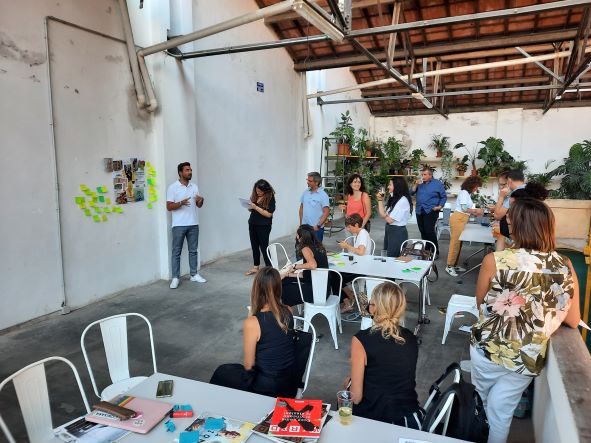
Eager to know more about what has happened within regional CCIs and how the implementation of the actions foreseen in the programme is going? Read it here!
The RegionArts Final Event took place this Wednesday, the 9th of November 2022, at Casa da Música in Porto, Portugal and here you can read all about it!
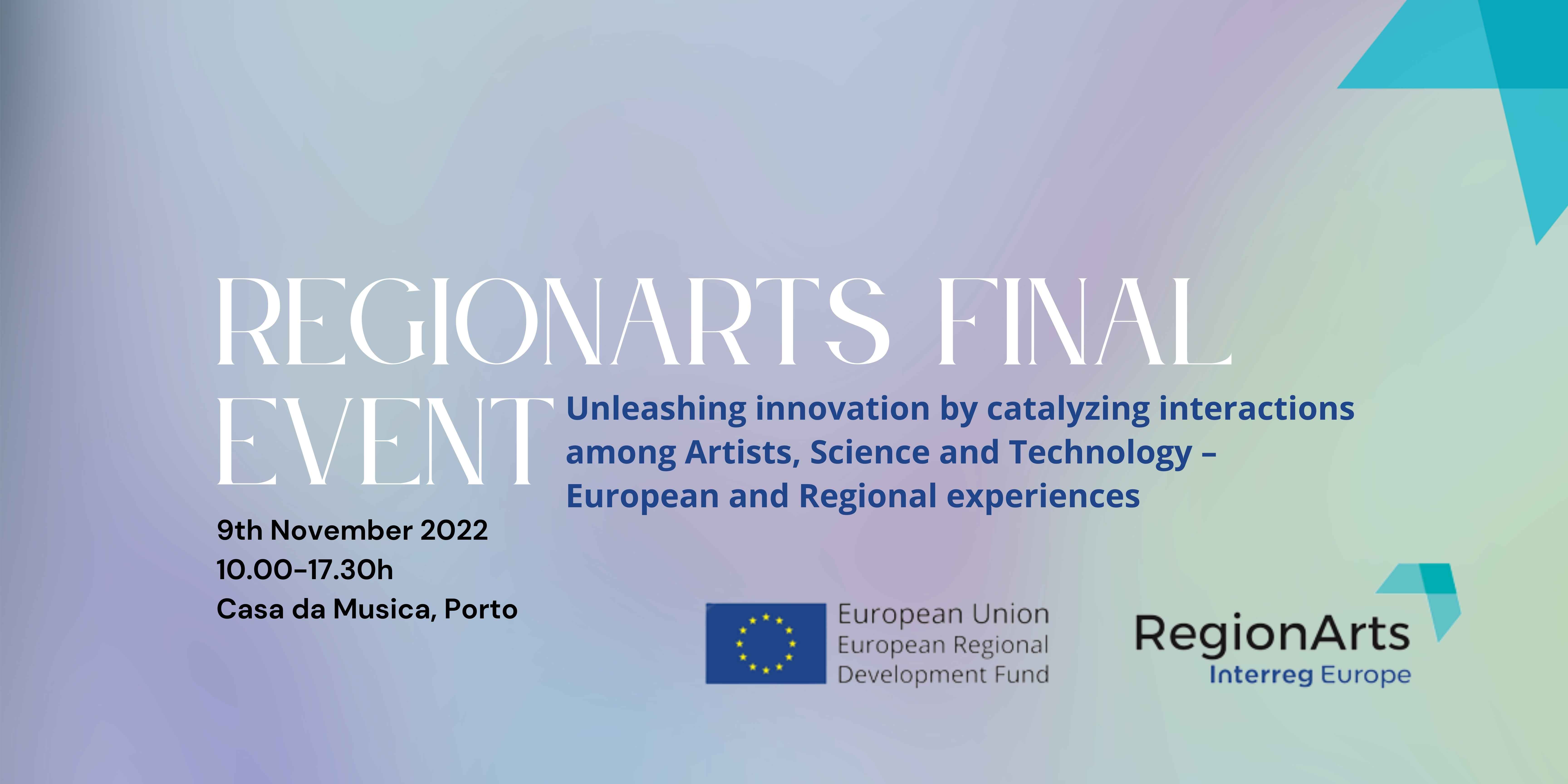
The Agenda for the final event of the RegionArts project is now available!
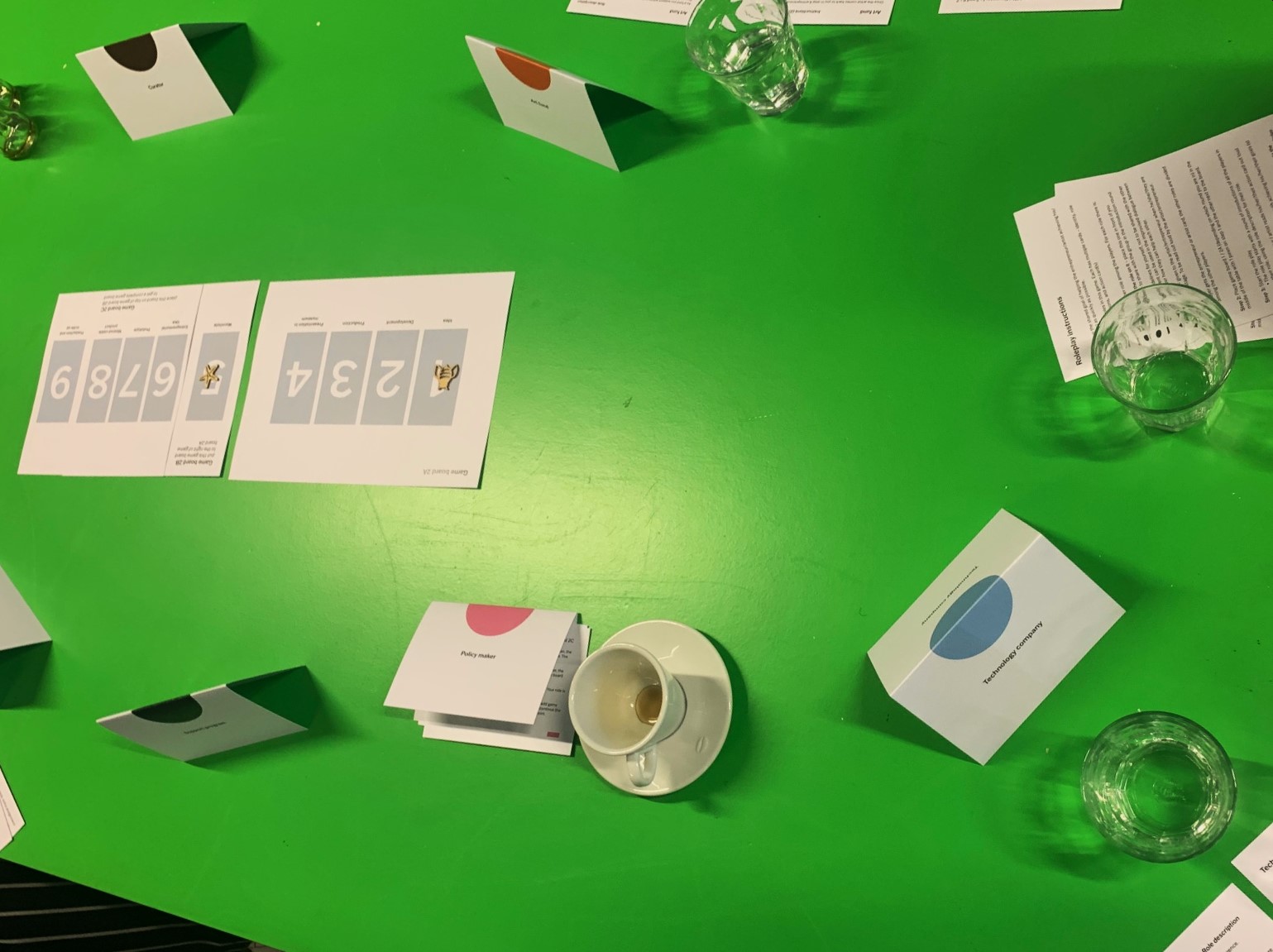
In semester 7 of RegionArts, Baltan finalized the action plan for the Eindhoven region.

RegionArts will participate in the 20th European Week of Regions and Cities by facilitating an online workshop. The workshop will take place on 11 October.
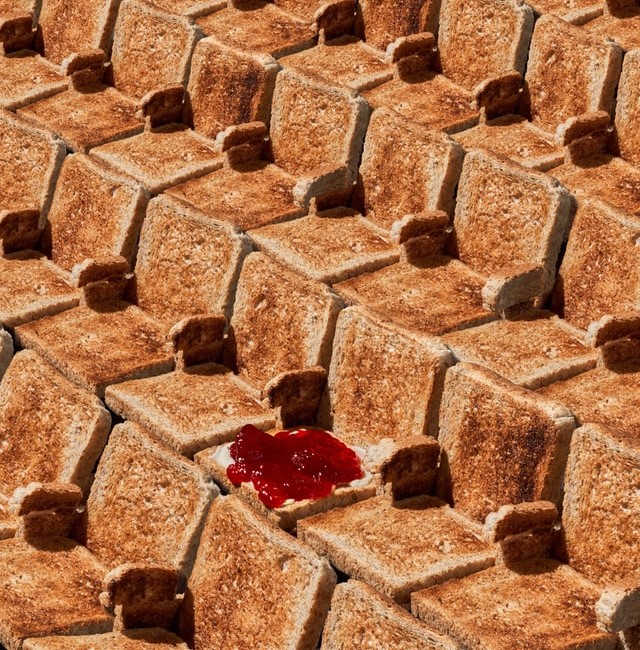
The EU is looking for innovative projects in the fields of the audiovisual, culture, and creative sectors, to integrate an Innovation Lab.

The EU and the Goethe-Institut launched "Culture Moves Europe", a new €21 million mobility initiative for artists and cultural professionals

The EIT recently announced the creation of a Knowledge and Innovation Community (KIC) on Culture and Creativity
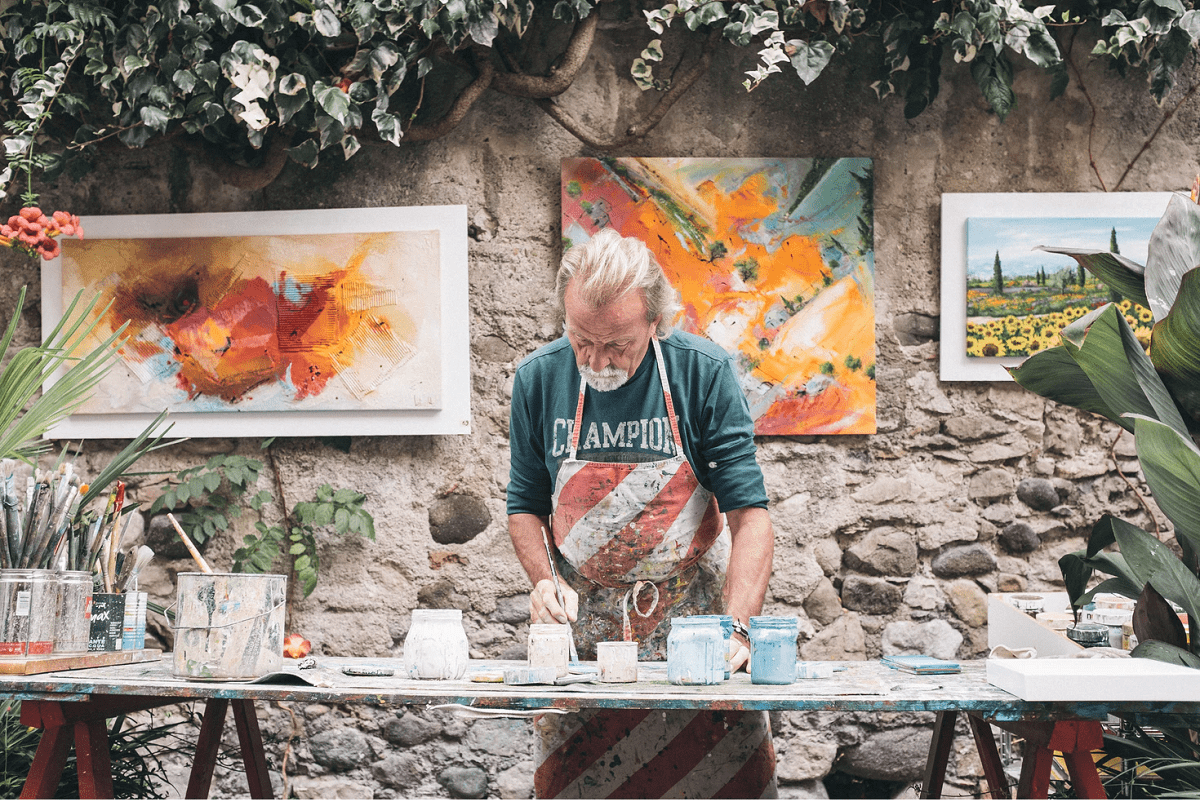
The EU published the Recovery and Resilience Scoreboard thematic analysis of Culture and Creative industries